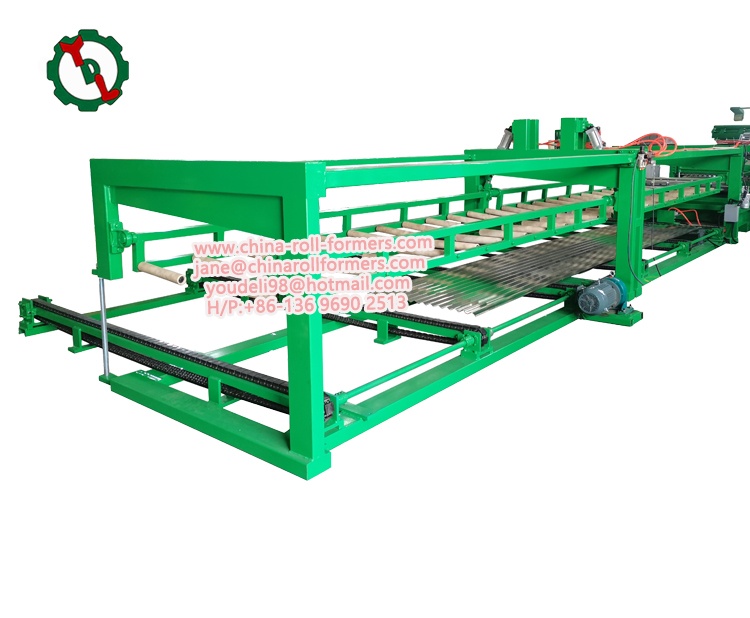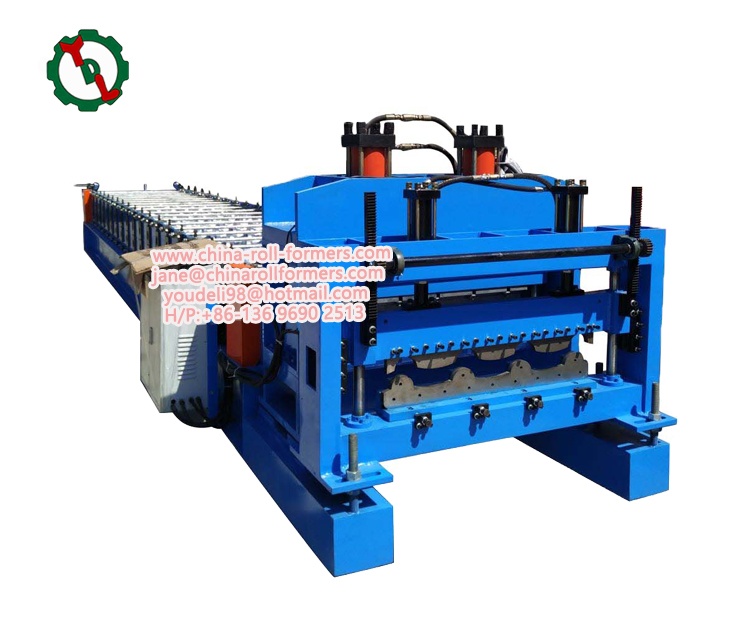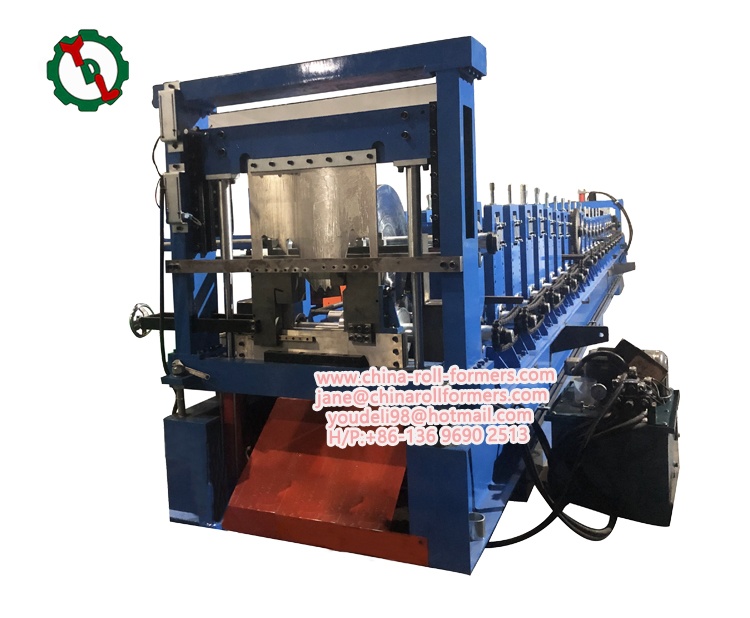In the realm of modern construction, the wall panel roll forming machine stands as a technological marvel, revolutionizing the way wall panels are manufactured. This intricate piece of equipment plays a pivotal role in shaping and forming various materials into precise and customized wall panels, catering to the diverse needs of the construction industry. For those unfamiliar with this sophisticated machinery, this article aims to unravel the mysteries surrounding the wall panel forming machine, providing a comprehensive overview of its purpose and functionality.
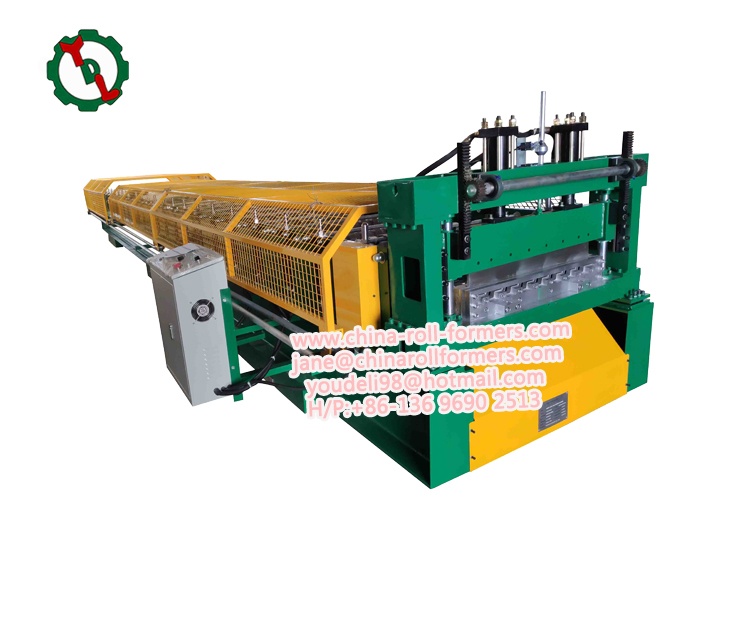
I. Introduction
The construction industry has witnessed a paradigm shift with the advent of advanced manufacturing technologies, and the wall panel forming machine is at the forefront of this revolution. This section will introduce the readers to the significance of this machine and set the stage for a detailed exploration of its inner workings.
Significance of Wall Panel Roll Forming Machine
In the dynamic landscape of modern construction, efficiency, precision, and customization are paramount. Wall panel forming machines have emerged as indispensable tools, offering a streamlined and automated process for crafting high-quality wall panels. These panels, integral to the structure of buildings, find applications in residential, commercial, and industrial construction.
II. What is a Wall Panel Roll Forming Machine?
To grasp the intricacies of the machine, it is essential to delve into its definition and understand its fundamental components.
A. Definition
A wall panel roll forming machine is a specialized equipment designed for the continuous and automated shaping of various materials into consistent and customized wall panels. Unlike traditional manufacturing methods, which may involve multiple steps and manual labor, roll forming machines excel in efficiency and precision.
B. Fundamental Components
- Entry Section:
- The process begins with the entry section, where raw materials, such as metal coils or sheets, are fed into the machine. This section sets the foundation for the subsequent stages.
- Roll Forming Stations:
- The heart of the machine lies in its roll forming stations. These stations consist of a series of rollers that progressively shape the material into the desired profile. Each station plays a specific role in the overall forming process.
- Cutting Mechanism:
- Following the shaping process, a cutting mechanism is employed to trim the formed material to the required length. This ensures uniformity and precision in the final product.
- Control System:
- The entire operation is orchestrated by a sophisticated control system. This system manages the speed, dimensions, and other parameters, ensuring a seamless and accurate manufacturing process.
III. How Does a Wall Panel Roll Forming Machine Work?
Understanding the mechanism behind the machine’s operation is crucial for grasping its functionality. This section will provide a step-by-step breakdown of the wall panel roll forming process.
A. Material Loading and Uncoiling
The process initiates with the loading of the raw material, typically in the form of coils or sheets, onto the machine. These materials are uncoiled and fed into the entry section of the roll forming machine.
B. Roll Forming Stations
- Profile Design:
- Prior to the roll forming stations, the machine operator configures the desired profile for the wall panel. This design is crucial, as it dictates the shape and dimensions of the final product.
- Step-by-Step Shaping:
- As the material progresses through the roll forming stations, each set of rollers imparts a specific shape or feature to the panel. The step-by-step process ensures precision and consistency.
- Roller Adjustments:
- Depending on the complexity of the wall panel design, the operator may need to make adjustments to the rollers between stations. This fine-tuning allows for the creation of intricate and customized profiles.
C. Cutting and Stacking
- Precision Cutting:
- After the material has been shaped, a cutting mechanism comes into play. This mechanism, often synchronized with the roll forming process, precisely cuts the formed material to the required length.
- Stacking and Collection:
- The cut panels are then stacked or collected for further processing or packaging. This phase completes the roll forming cycle, and the machine is ready for the next batch.
D. Control System Management
Throughout the entire process, the control system serves as the brain of the machine. It oversees the speed of material feeding, the dimensions of the panels, and other critical parameters. The operator can monitor and adjust these settings to ensure the desired outcomes.
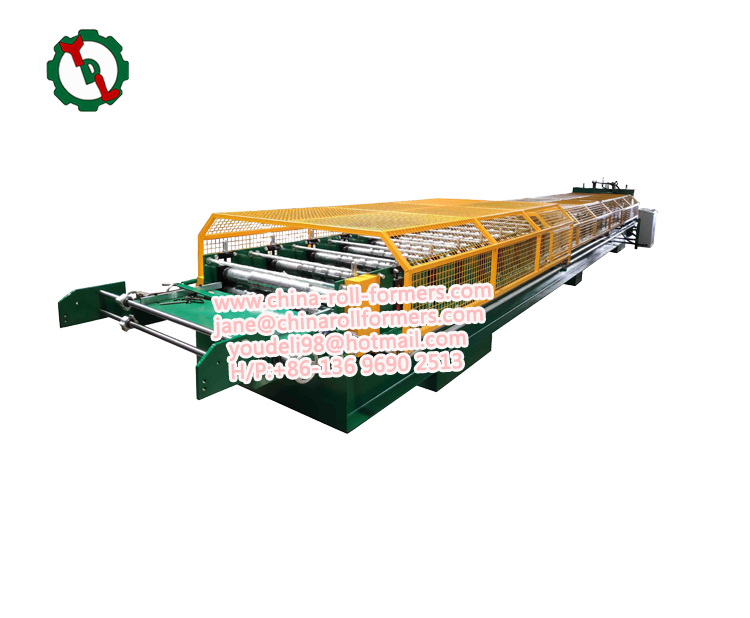
IV. Advantages of Wall Panel Roll Forming Machines
Understanding the purpose and functionality of a wall panel roll forming machine necessitates a closer look at the advantages it brings to the table.
A. Efficiency
- Continuous Operation:
- Unlike manual processes, roll forming machines can operate continuously, significantly increasing production rates.
- Reduced Labor Dependency:
- Automation minimizes the need for extensive manual labor, reducing operational costs and increasing efficiency.
B. Precision
- Consistent Quality:
- The step-by-step nature of the roll forming process ensures consistent quality across all panels, meeting precise specifications.
- Customization:
- The flexibility of the machine allows for the customization of wall panel designs, catering to specific project requirements.
C. Material Utilization
- Minimized Waste:
- The precision of the roll forming process minimizes material waste, contributing to cost-effectiveness and sustainability.
- Optimized Resource Efficiency:
- By accurately controlling the dimensions of each panel, the machine optimizes material usage, promoting resource efficiency.
V. Applications of Wall Panel Roll Forming Machines
Wall panel roll forming machines find extensive applications in various sectors of the construction industry. Understanding where and how these machines are employed provides insights into their diverse functionalities.
A. Residential Construction
- Exterior Wall Panels:
- Roll forming machines are used to manufacture exterior wall panels, providing structural integrity and aesthetic appeal to residential buildings.
- Interior Wall Paneling:
- For interior spaces, customized wall panel designs are achieved through roll forming, enhancing the overall ambiance of residential properties.
B. Commercial and Industrial Construction
- Warehouse Facades:
- Industrial warehouses often utilize wall panel roll forming machines to create durable and weather-resistant facades.
- Office Building Interiors:
- Roll-formed panels contribute to the modern and sleek interiors of office buildings, combining functionality with design.
C. Agricultural Buildings
- Barns and Sheds:
- Agricultural structures benefit from the efficiency of roll forming machines, producing panels for barns and sheds.
- Greenhouses:
- Roll-formed panels play a role in the construction of greenhouses, offering weather-resistant and durable solutions.
VI. Conclusion
In conclusion, the wall panel roll forming machine is a cornerstone of efficiency and precision in the construction industry. Its purpose, intricacies, and advantages contribute significantly to the streamlined production of high-quality wall panels. As technology continues to advance, these machines are poised to play an even more pivotal role in shaping the future of construction, offering innovative solutions to meet the evolving needs of the industry. Whether in residential, commercial, or industrial construction, the Wall panel forming machine stands as a testament to the fusion of technology and craftsmanship in the modern era of manufacturing.

